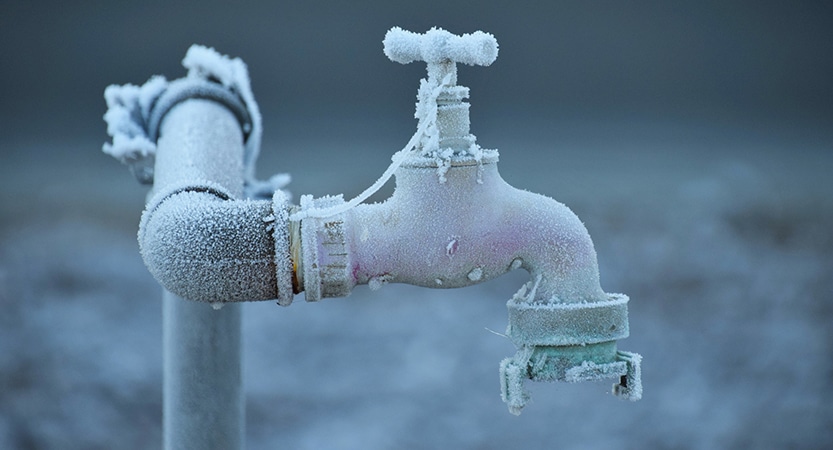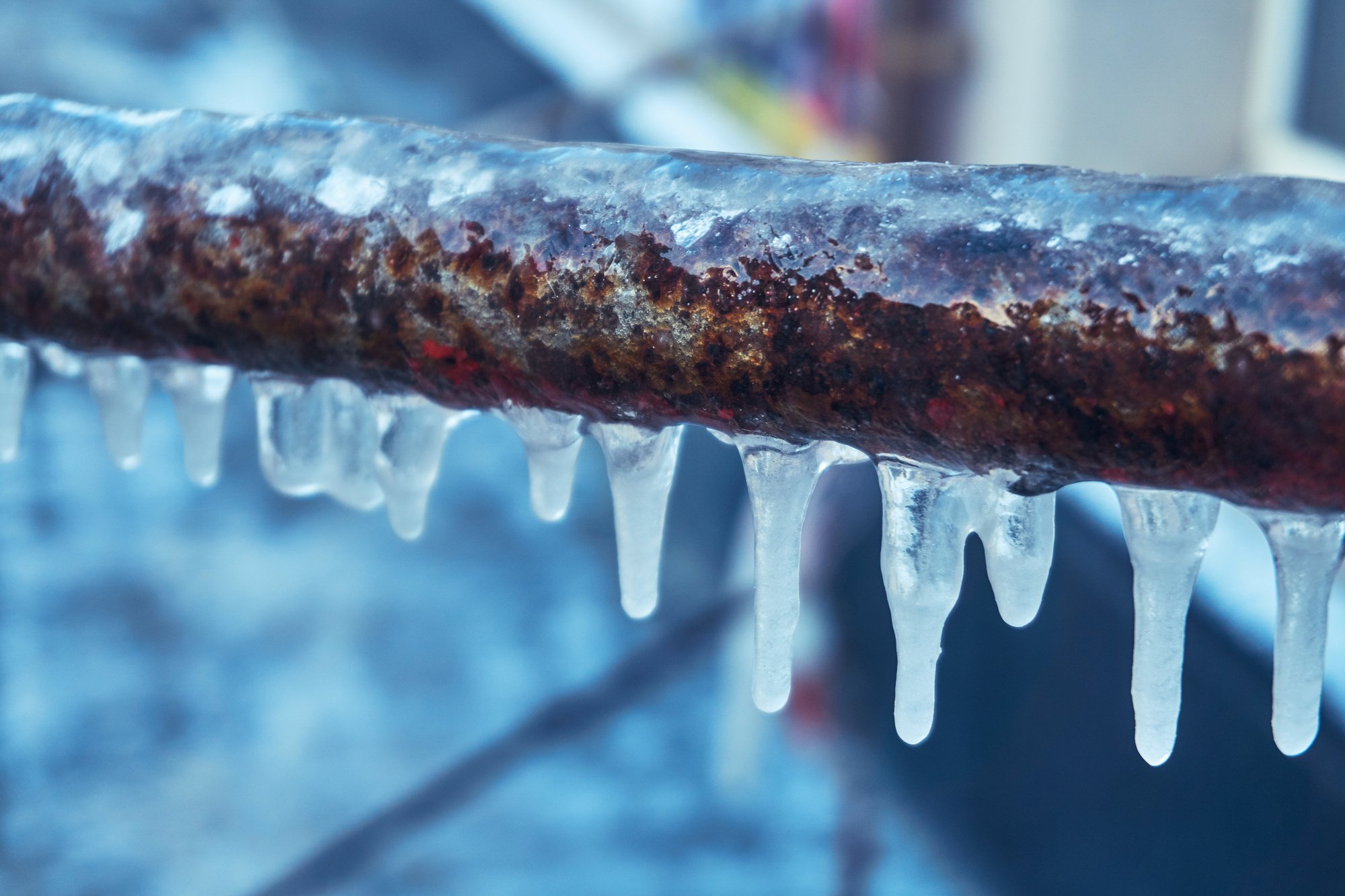Critical Approaches for Preventing Frozen Plumbing in Cold Weather
Critical Approaches for Preventing Frozen Plumbing in Cold Weather
Blog Article
We've stumbled on the article on How to Prevent Your Pipes From Freezing listed below on the internet and decided it made sense to talk about it with you in this article.

Cold weather can damage your plumbing, especially by freezing pipes. Here's exactly how to avoid it from occurring and what to do if it does.
Introduction
As temperature levels decrease, the threat of icy pipes increases, potentially leading to expensive repairs and water damages. Understanding just how to avoid frozen pipelines is critical for property owners in chilly environments.
Prevention Tips
Protecting prone pipelines
Wrap pipes in insulation sleeves or utilize warmth tape to safeguard them from freezing temperatures. Focus on pipes in unheated or exterior areas of the home.
Heating methods
Maintain indoor rooms appropriately heated, especially areas with plumbing. Open cabinet doors to allow warm air to circulate around pipes under sinks.
Just how to determine icy pipelines
Look for reduced water circulation from faucets, uncommon odors or noises from pipelines, and noticeable frost on exposed pipes.
Long-Term Solutions
Structural adjustments
Think about rerouting pipelines far from outside wall surfaces or unheated areas. Include added insulation to attic rooms, cellars, and crawl spaces.
Upgrading insulation
Invest in top notch insulation for pipelines, attics, and wall surfaces. Correct insulation helps keep constant temperatures and decreases the threat of icy pipes.
Protecting Outdoor Pipes
Garden tubes and exterior taps
Disconnect and drain pipes garden pipes before winter months. Set up frost-proof faucets or cover outdoor taps with insulated caps.
Recognizing Frozen Pipelines
What causes pipelines to ice up?
Pipes freeze when revealed to temperatures listed below 32 ° F (0 ° C) for expanded periods. As water inside the pipes freezes, it broadens, taxing the pipeline walls and possibly triggering them to break.
Threats and damages
Frozen pipelines can bring about supply of water interruptions, property damage, and pricey repairs. Ruptured pipelines can flooding homes and trigger comprehensive structural damage.
Signs of Frozen Pipes
Identifying icy pipelines early can avoid them from bursting.
What to Do If Your Pipelines Freeze
Immediate activities to take
If you think frozen pipelines, keep faucets open to soothe pressure as the ice melts. Make use of a hairdryer or towels taken in warm water to thaw pipes slowly.
Verdict
Preventing icy pipes needs proactive steps and quick actions. By recognizing the reasons, indications, and safety nets, property owners can safeguard their pipes during winter.
5 Ways to Prevent Frozen Pipes
Drain Outdoor Faucets and Disconnect Hoses
First, close the shut-off valve that controls the flow of water in the pipe to your outdoor faucet. Then, head outside to disconnect and drain your hose and open the outdoor faucet to allow the water to completely drain out of the line. Turn off the faucet when done. Finally, head back to the shut-off valve and drain the remaining water inside the pipe into a bucket or container. Additionally, if you have a home irrigation system, you should consider hiring an expert to clear the system of water each year.
Insulate Pipes
One of the best and most cost-effective methods for preventing frozen water pipes is to wrap your pipes with insulation. This is especially important for areas in your home that aren’t exposed to heat, such as an attic. We suggest using foam sleeves, which can typically be found at your local hardware store.
Keep Heat Running at 65
Your pipes are located inside your walls, and the temperature there is much colder than the rest of the house. To prevent your pipes from freezing, The Insurance Information Institute suggests that you keep your home heated to at least 65 degrees, even when traveling. You may want to invest in smart devices that can keep an eye on the temperature in your home while you’re away.
Leave Water Dripping
Moving water — even a small trickle — can prevent ice from forming inside your pipes. When freezing temps are imminent, start a drip of water from all faucets that serve exposed pipes. Leaving a few faucets running will also help relieve pressure inside the pipes and help prevent a rupture if the water inside freezes.
Open Cupboard Doors
Warm your kitchen and bathroom pipes by opening cupboards and vanities. You should also leave your interior doors ajar to help warm air circulate evenly throughout your home.

I'm certainly very involved in Helpful Tips to Prevent Frozen Pipes this Winter and I really hope you enjoyed reading my article. Sharing is caring. You never know, you will be helping someone out. Thank-you for your time spent reading it.
Get An Estimate Report this page